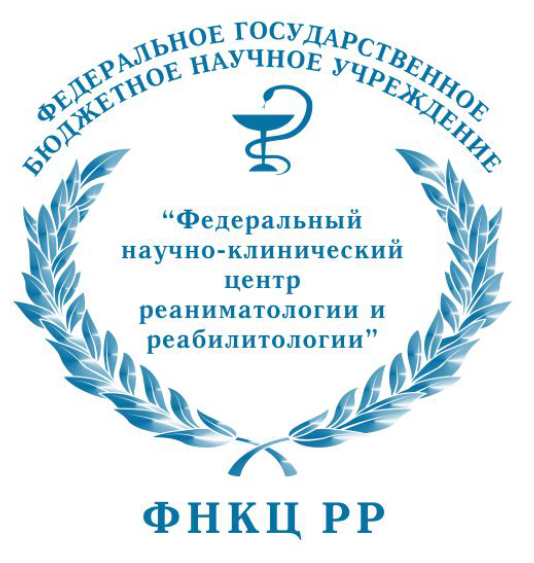
|
ИСТИНА |
Войти в систему Регистрация |
ФНКЦ РР |
||
Structural modeling of tobacco mosaic virus and its coat protein according small angle X- ray scattering dataдоклад на конференции
- Авторы: Ksenofontov A., Petoukhov M., Fedorova N., Ksenofontova O., Dobrov E., Shtykova E.
- Международная Конференция (Конгресс) : The 44th FEBS Congress, Krakow, Poland, July 6-11.
- Даты проведения конференции: 6-11 июля 2019
- Дата доклада: 8 июля 2019
- Тип доклада: Стендовый
- Докладчик: Ksenofontov A.
- Место проведения: Краков, Польша
-
Аннотация доклада:
Tobacco mosaic virus (TMV) has been extensively studied in the past using crystallographic and electron microscopy approaches. In the present work structural characterization and modeling of TMV and viruslike particles (VLP) formed by the virus coat protein (CP) was performed using synchrotron smallangle Xray scattering (SAXS). Scattering profiles from the samples in solution were collected at the P12 BioSAXS beamline at EMBL Hamburg. As a structural template for the virus modeling the EM structure (2OM3.PDB) containing a fragment with helical symmetry has been chosen. The reconstructed rodlike model reasonably fits the experimental SAXS patterns. TMV CP selfassembles in solution forming VLP. Structural modeling of these VLPs was performed using a fragment of crystallographic model of the fourlayer aggregate (1EI7.PDB). The resulting VLP’s model was represented by hollow cylinder yielding a good fit to the experimental SAXS data. Thus, for the first time, low resolution structures of TMV and viruslike particles were determined in solution, i.e. under conditions close to natural. However, solution structure of the individual TMV coat protein is still undefined due to its higher tendency to aggregation. One of the ways to solve the problem is to use dissociation by surfactants. In the present work highly stable partially unfolded intermediates (at low ionic strength and 42°C) were investigated by SAXS and complementary spectral methods. It was found that these intermediates retain about half of the initial content of the secondary and tertiary structure. Further dissociation was obtained by incubation at 42°C with 3.5 mM sodium dodecyl sulfate (SDS) without changes in tertiary structure, while incubation with 17.3 mM SDS resulted in a complete loss of the tertiary structure leading to a formation of the wellknown “necklace and bead” organization of CP in solution. The work was supported by RFBR grants 18-04-00525 and 1700 00487.
- Добавил в систему: Ксенофонтов Александр Леонидович